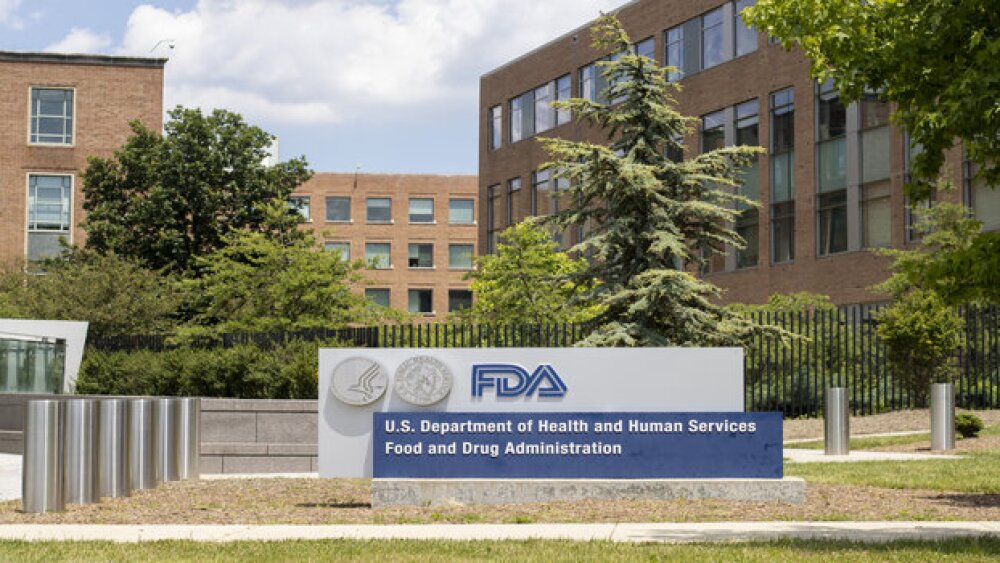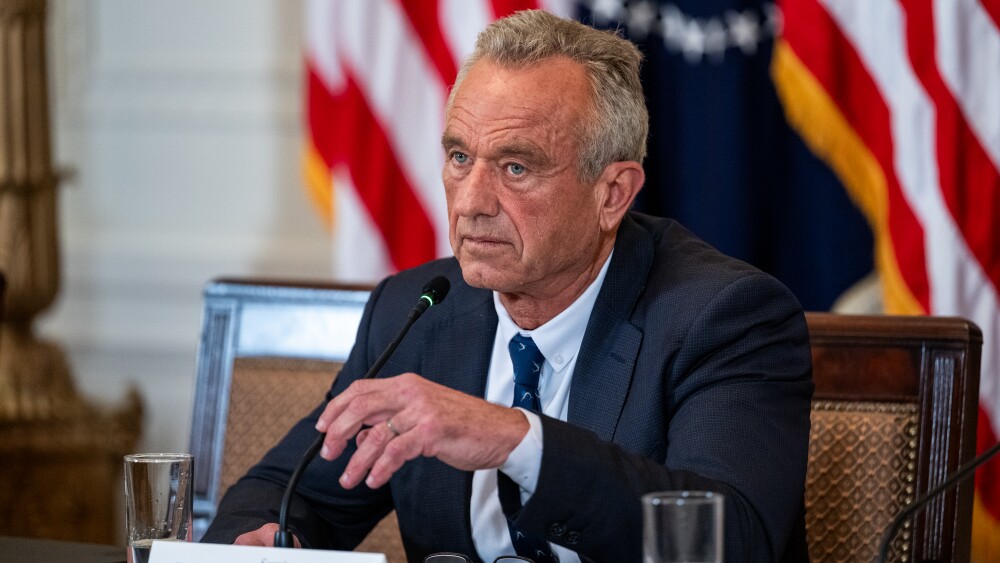Low-dose radiation therapy seems to improve outcomes for COVID-19 patients. At least a dozen clinical trials are underway throughout the world to further explore the benefits.
Low-dose radiation therapy seems to improve outcomes for COVID-19 patients. At least a dozen clinical trials are underway throughout the world to further explore the benefits. Two of the latest, sponsored by Ohio State University (OSU), are still enrolling.
The dozen studies are all based on the same foundation: before antibiotics, low-dose radiation was used to treat pneumonia patients. Chest X-rays reduced inflammation and had few side effects. They were, however, expensive, so when antibiotics became an option, physicians switched to the new treatments. Now, with no approved therapeutics to treat COVID-19, researchers are revisiting this traditional modality.
The aim is to reduce inflammation and offset the cytokine storm that some COVID-19 patients experience, to keep patients off ventilators or reduce the time spent on such devices. A cytokine storm is a severe immune reaction in which the body releases too many cytokines took quickly. In severe cases, it can lead to organ failure.
As Arnab Chakravarti, M.D., chair of radiation oncology at Ohio State University, explained in a recent WebMD article, “Radiation at these low doses usually doesn’t have a direct antiviral effect, but it does reduce inflammation. And when the inflammation is reduced, the acute [ill] effects of the byproducts of pneumonia also subside.”
Once patients require mechanical ventilation, their chances of survival diminish. Mortality data for ventilator patients ranges widely. Early in the COVID-19 pandemic, mortality figures from around the world were reported at 50 to 98%. At the end of May, Emory University researchers reported a mortality rate of 35.5% for the 165 patients it studied who required mechanical ventilation. A few weeks earlier, in the UK, researchers from the Intensive Care National Audit & Research Centre indicated a 59% mortality rate for COVID-19 patients who received advanced respiratory support, according to Physician’s Weekly. For the OSU study, Dr. Chakravarti assumes that 80% of the patients put on ventilators die within 30 days.
Patients who survive mechanical ventilation run the risk of ventilator-induced lung injury. Specific damage includes over distending the lungs, damage from the repeated opening and closing of the lungs and biotrauma caused by mediators that injury the lung or aggravate pre-existing injuries.
Physicians, therefore, have multiple reasons to prevent COVID-19 or any other disease from advancing to the point that mechanical ventilation is needed.
The OSU study aims to determine whether a single treatment of low-dose, high-energy X-rays to the lungs could reduce the inflammation caused by COVID-19 and enable patients to breathe without ventilators. They pointed out that significantly higher doses of radiation are used safely to treat cancers. A stepped study is planned in which 16 patients will be evaluated 30 days after receiving radiation. If at least three survive, an additional eight patients will be enrolled.
A prior OSU study, dubbed RESCUE, launched in the spring to determine whether low-dose whole-lung radiation could enhance supportive care for COVID-19 patients. It involves 10 participants and one treatment, with follow-ups at days 1, 7 and 14. Completion is slated for October 23, 2020.
Brigham and Women’s Hospital also is recruiting for a 48-person Phase II study of the potential benefits of radiation to improve the health of COVID-19 patients. Its premise is that low-dose radiation may shorten the need for oxygen support and allow patients to be discharged sooner. The radiation dose physicians in this trial will use is “much lower than what is typically used to treat other conditions, such as cancer, although it is higher than the dose used for routine medical imaging,” according to the study documents. Completion is anticipated in November 2020.
These studies come on the heels of a five-person, seven-day trial by Emory University. The Emory University pilot study found that 60% of the five patients treated with whole-lung radiation were weaned from supplemental oxygen to ambient air, and a fourth was weaned after 96 hours. Radiographic improvement was shown in 80% of the patients. Importantly, patients’ mean age was 90. The age range was 64 to 94 years.
“The patients were hospitalized, had radiographic pneumonic infiltrates, required supplemental oxygen and were clinically deteriorating,” the researchers wrote. Yet, there were no acute skin, pulmonary, GI or GU toxicities, and the mean time to recovery was 35 hours. Based on those results, the researchers concluded that radiation therapy was safe and could potentially improve outcomes for COVID-19 patients.
Before low-dose radiation becomes an accepted therapy for severely ill COVID-19 patients, however, some researchers are raising cautions. In a letter to the editor in the June issue of Radiotherapy and Oncology (known as The Green Journal), Iranian University oncologist Amirhosein Kefayat, and Arak University radiologist Fatemeh Ghahremani cautioned that low-dose radiologic therapy (LDRT) exhibits systemic anti-inflammatory effects. Notably, it may suppress not only the cytokine storm but also the ability of the immune system to fight SARS-CoV-2, and thus disrupt virus elimination.
“There is limited knowledge about the interaction of LDRT and viruses. Some studies have reported the significant increase of uptake, activation, transcription and spread of some viruses after radiation therapy. Therefore, maybe it’s better not to use the lungs as the target organ for radiation therapy due to high virus concentration,” they wrote. They called for additional investigations to assess the relative risks and benefits.
Many of those studies are underway. If successful, as early studies seem to indicate, these trials may lead to a new therapeutic against the worst symptoms of COVID-19.
As Benjamin Besse, M.D., head of cancer Medicine department at Institut Gustave Roussy, one of Europe’s leading cancer treatment centers, tweeted, “Before antibiotics, low-dose whole-lung radiation therapy was used to treat pneumonia (and) it was effective… (Is this) a new tool for the potential COVID-19 second wave?”






